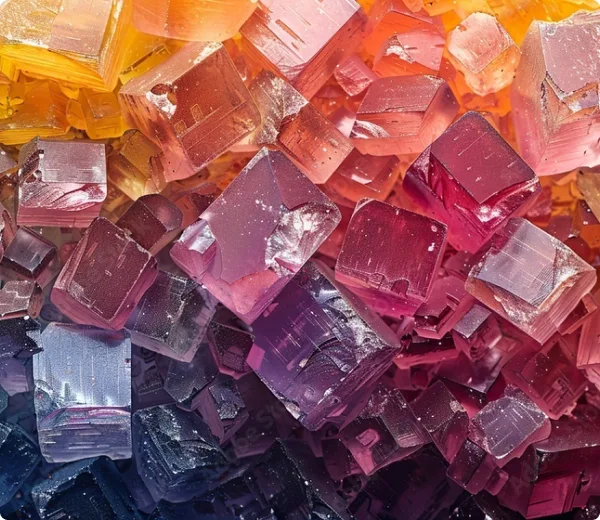Key Properties of Polypropylene
- High Melting Point: PP has a higher melting point (160-170°C) compared to other plastics like polyethylene, making it ideal for applications that require heat resistance.
- Chemical Resistance: It is resistant to many acids, alkalis, and solvents, making it suitable for chemical storage and industrial applications.
- Durability: Polypropylene is tough, with excellent resistance to impact, wear, and fatigue.
- Lightweight: PP is a lightweight material, which contributes to reduced shipping and production costs.
- Flexibility: It is flexible and can be molded into different shapes without compromising its strength.
- Low Moisture Absorption: It is hydrophobic, meaning it doesn’t absorb water, which helps it maintain its properties in humid conditions.
- Recyclable: Polypropylene is recyclable, typically marked with the number “5” in the recycling triangle.
Packaging
- Food Packaging: Polypropylene is commonly used in food containers, trays, and bottles due to its resistance to chemicals and high temperatures, making it safe for food contact.
- Plastic Wraps: PP is used for making wraps for food, as it is lightweight and resistant to moisture, providing excellent protection.
- Bottles: PP is often used in containers such as yogurt cups, drink bottles, and medicine bottles.
Textiles
- Carpets and Rugs: PP fibers are used in carpets and rugs due to their resistance to staining, mildew, and wear.
- Nonwoven Fabrics: Polypropylene is used in the production of nonwoven fabrics, which are commonly found in disposable diapers, wipes, and medical gowns.
- Clothing: PP fibers are used in some types of clothing, such as sportswear, due to their moisture-wicking properties.
Automotive
- Interior Parts: Polypropylene is used for manufacturing interior components like dashboards, door panels, and seat parts due to its durability, lightweight nature, and impact resistance.
- Bumpers and Exterior Parts: Due to its strength and resistance to weathering, polypropylene is used in car bumpers, trims, and under-the-hood parts.
Medical Applications
- Medical Containers: Polypropylene is used for syringes, medical vials, and containers because it is non-reactive and can be sterilized.
- Surgical Instruments: It is used for disposable instruments and supplies in the medical field.
- Fabrics for Medical Use: It’s used for surgical masks, gowns, and sterile wraps due to its resistance to bacterial growth and low-cost production.
Household Products
- Storage Containers: Polypropylene is used in making durable, lightweight storage bins, baskets, and other organizing products.
- Furniture: Lightweight polypropylene is used in the construction of modern chairs, tables, and other pieces of furniture.
- Toys: PP is commonly used in making toys due to its strength, durability, and safety for children.
Consumer Goods
- Plastic Cups, Plates, and Utensils: Disposable items like plates, cups, and cutlery are made from polypropylene, particularly in foodservice and takeout settings.
- Personal Care Products: Packaging for products like shampoo bottles, toothpaste tubes, and cosmetic containers are often made from PP.
Construction
- Pipes and Fittings: Polypropylene is used for making plumbing pipes, fittings, and tanks due to its resistance to chemicals and heat.
- Building Insulation: It is used in the construction of insulating materials for roofing and walls.
Industrial Applications
- Chemical Containers: PP is commonly used in making containers and equipment for storing and handling chemicals, as it is resistant to many solvents and acids.
- Filtration: Polypropylene fibers are used in air and water filtration products due to their durability and chemical resistance.
Electrical and Electronics
- Capacitors: Polypropylene is used as a dielectric material in capacitors due to its excellent insulating properties and stability at high temperatures.
- Electrical Insulation: It is used in the insulation of cables and wires because it is a good electrical insulator.
Polypropylene’s combination of high strength, low weight, chemical resistance, and ease of processing makes it a highly versatile material used across a wide range of industries. From packaging to automotive parts, medical devices to household products, PP continues to be a go-to material in manufacturing.

